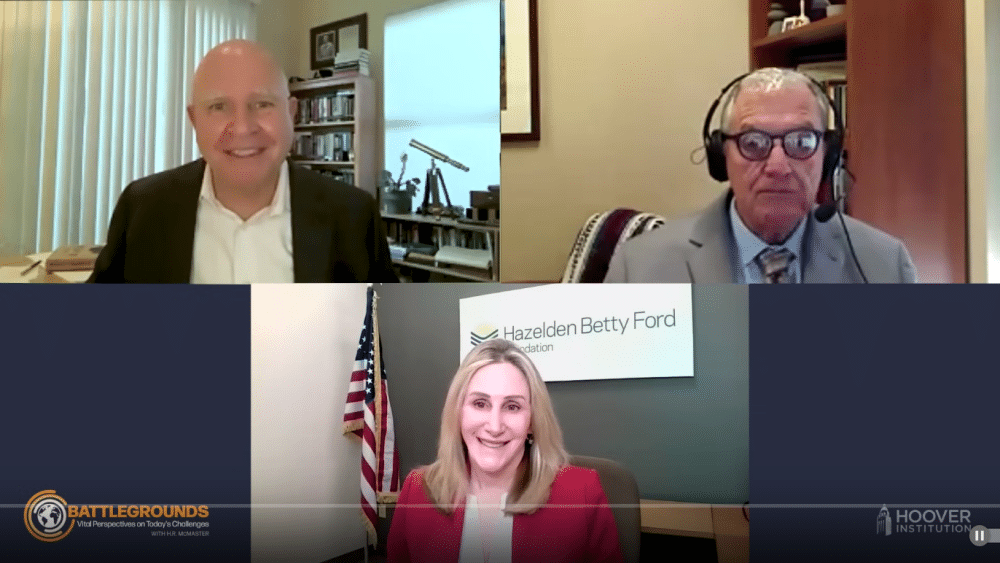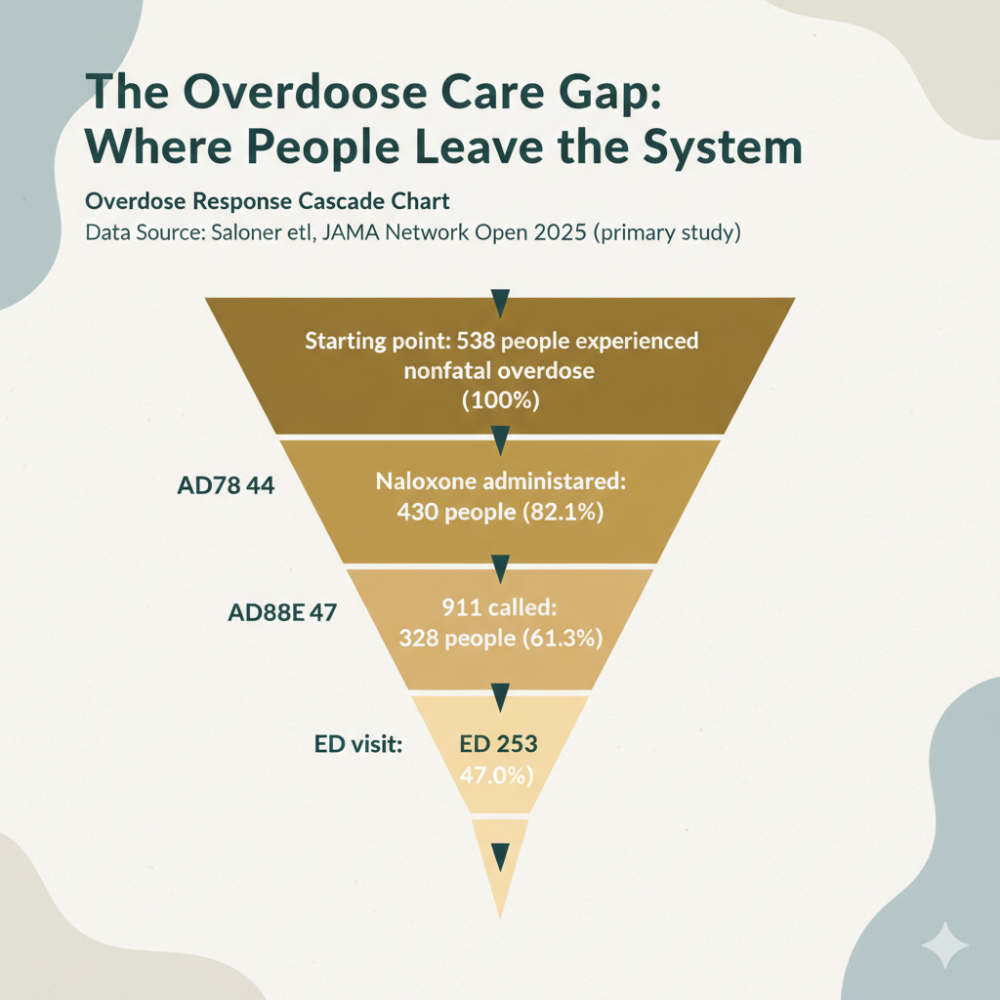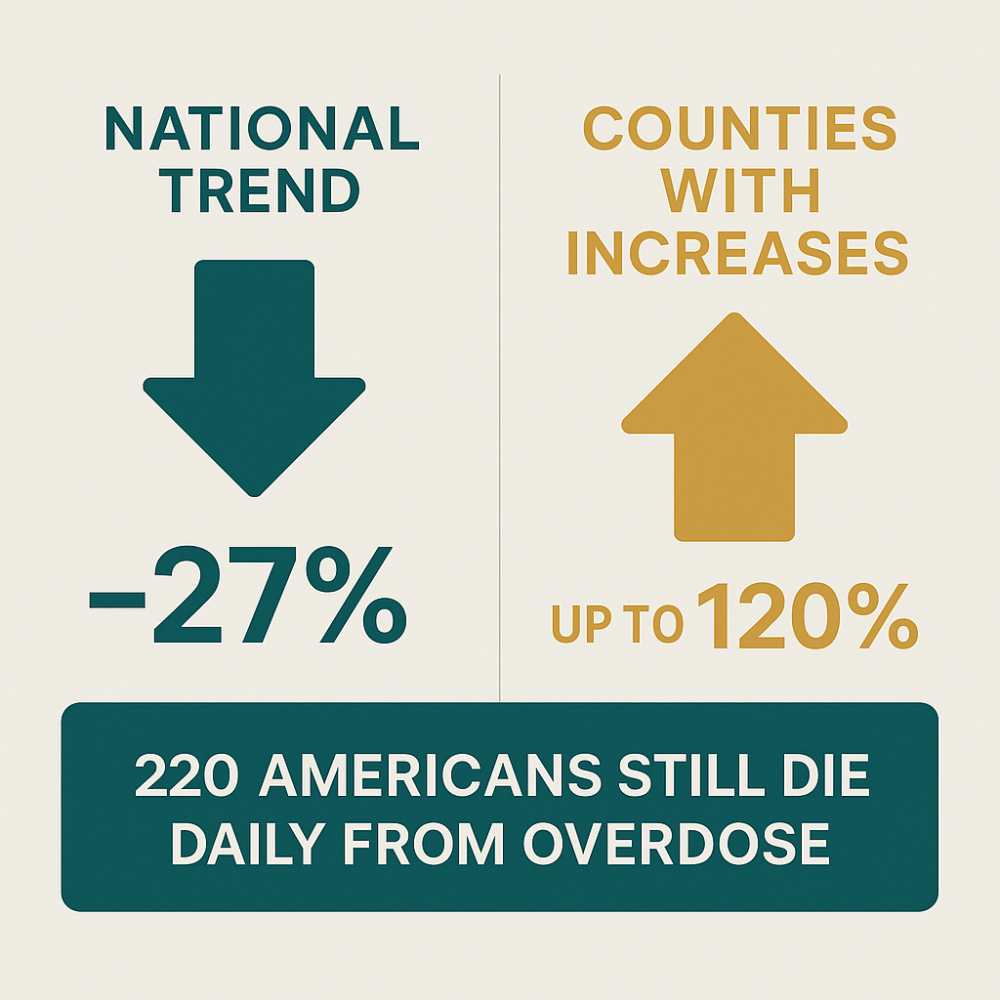When Success Masks Struggle: Understanding Polysubstance Overdose and the Faces of Addiction
How the Death of Champion Bodybuilder Hayley McNeff Reminds Us That Addiction Doesn’t Discriminate
The bodybuilding community recently learned that Hayley McNeff, a 37-year-old champion bodybuilder and fitness influencer, died from an accidental overdose involving multiple substances including heroin, fentanyl, and cocaine. The news shocked those who knew McNeff as an accomplished athlete, dedicated friend, and woman whose father described as “a beam of light in this world.”
McNeff’s story is a stark reminder that substance use disorders don’t respect achievements, athletic prowess, or determination. The same drive that helped her win state championships in Maryland and Delaware, earn her degree from UMass Amherst, and inspire thousands through social media couldn’t protect her from a disease that affects people across every demographic.
This tragedy highlights critical issues facing our communities today: the dangers of polysubstance use, the contamination of street drugs with deadly fentanyl, and the urgent need for comprehensive medical treatment that addresses the complexity of addiction.
The Hidden Crisis of Polysubstance Use
McNeff’s death involved multiple substances—what medical professionals call polysubstance use. This pattern of using more than one drug, either simultaneously or in close sequence, has become increasingly common and increasingly deadly.
According to the National Institute on Drug Abuse, polysubstance use significantly increases overdose risk. When different drugs interact in the body, they can amplify each other’s effects in unpredictable ways. Opioids like heroin and fentanyl slow breathing. Stimulants like cocaine stress the heart. Together, they create a dangerous physiological conflict that the body struggles to manage.
The Centers for Disease Control and Prevention reports that polysubstance involvement in overdose deaths has risen dramatically over the past decade. In 2021, nearly 70% of overdose deaths involved more than one substance. This isn’t simply about people making multiple poor choices—it reflects the changing nature of addiction itself and the contaminated drug supply.
Many people don’t intentionally use multiple substances. The rise of illicitly manufactured fentanyl means that what someone believes is heroin, cocaine, or even counterfeit prescription pills may contain lethal amounts of synthetic opioids they didn’t know they were taking.
The Fentanyl Factor: Why Today’s Drug Supply Is More Dangerous Than Ever
Fentanyl has fundamentally changed the landscape of substance use in America. This synthetic opioid is 50 times more potent than heroin and 100 times more potent than morphine. Just two milligrams—an amount that could fit on the tip of a pencil—can be fatal.
What makes fentanyl particularly dangerous is its presence in drugs where users don’t expect it. The Drug Enforcement Administration has found fentanyl in counterfeit prescription pills, cocaine, methamphetamine, and other substances. People who would never knowingly use opioids are dying from fentanyl poisoning.
Someone seeking one substance may unknowingly consume another far more dangerous one.
The Massachusetts Department of Public Health reported that in 2023, over 90% of opioid-related overdose deaths in the state involved fentanyl. This statistic represents real people—athletes, parents, professionals, students—whose lives ended not because they wanted to use fentanyl, but because they didn’t know it was there.
This contamination crisis makes even occasional drug use potentially fatal. It’s one reason why medical detoxification and supervised treatment have become more critical than ever.
Breaking the Stereotype: Addiction Affects High Achievers Too
Hayley McNeff’s story challenges common misconceptions about who develops substance use disorders. Here was a woman who excelled at multiple sports, earned a college degree, achieved championship status in competitive bodybuilding, and planned to pursue graduate studies in psychology.
Athletic achievement doesn’t provide immunity from addiction. In fact, some research suggests athletes may face unique vulnerability factors. The pressure to perform, injuries requiring pain management, and the culture of physical enhancement in some sports can create pathways to substance dependence.
A study published in the journal Substance Abuse and Rehabilitation found that current and former elite athletes experience substance use disorders at rates comparable to or higher than the general population. The same personality traits that drive athletic excellence—intense focus, high pain tolerance, perfectionism—can sometimes contribute to patterns of substance use.
Dr. Claudia Reardon, a sports psychiatrist at the University of Wisconsin, notes that athletes often delay seeking help for mental health or substance use concerns due to stigma and fear of appearing weak. The culture of “toughness” in competitive sports can prevent people from acknowledging they need support.
McNeff’s father’s description of her as someone with “boundless energy” who was “very determined to achieve whatever she set out to do” paints a picture of someone who approached life with intensity. That same intensity, when directed toward substance use, can quickly spiral into dependency.
Understanding that addiction is a medical condition—not a moral failing or lack of willpower—is crucial. It’s a chronic disease that changes brain chemistry and requires professional treatment, just like diabetes or heart disease.
The Unique Challenges of Polysubstance Dependence
When someone develops dependence on multiple substances, treatment becomes more complex. Different drugs create different withdrawal syndromes, each requiring specific medical management.
Opioid withdrawal, while rarely life-threatening on its own, causes severe physical and psychological distress. Symptoms include muscle aches, anxiety, insomnia, nausea, and intense cravings. Without proper medical support, the discomfort often drives people back to drug use before they can begin recovery.
Stimulant withdrawal presents differently, with profound fatigue, depression, and changes in sleep patterns. When someone has used both opioids and stimulants, their body must simultaneously navigate two distinct withdrawal processes.
This is why medical detoxification—particularly at the highest level of care—is so important for polysubstance dependence. ASAM Level III.7-D medical detox facilities provide 24/7 physician supervision and intensive nursing care to safely manage complex withdrawal.
At facilities like Gallus Detox, board-certified addiction medicine physicians and ICU-trained nurses monitor patients continuously, adjusting medications in real-time based on individual response. This level of care is essential when multiple substances are involved, as interactions and complications require immediate medical expertise.
The Gallus Method combines IV and oral medications to address the full spectrum of withdrawal symptoms. For someone withdrawing from opioids and stimulants simultaneously, this might include medications to stabilize mood, reduce cravings, manage sleep disturbances, and address the physical discomfort unique to each substance.
Recognizing Warning Signs: When High Achievement Masks Struggle
One of the challenges in identifying substance use disorders in high-functioning individuals is that their achievements can obscure growing problems. McNeff continued competing and maintaining her social media presence even as she struggled with addiction.
Warning signs that someone may need help include:
Behavioral changes: Isolation from friends and family, secretiveness about activities or whereabouts, neglecting responsibilities that were previously priorities.
Physical signs: Unexplained weight changes, changes in sleep patterns, decreased attention to personal appearance, frequent illness or injuries.
Mood and personality shifts: Increased irritability, mood swings, anxiety or depression, loss of interest in activities that once brought joy.
Financial problems: Unexplained need for money, borrowing frequently, selling possessions.
The Substance Abuse and Mental Health Services Administration emphasizes that these signs can appear gradually and may be rationalized away by both the person struggling and their loved ones. In high achievers, professional success can mask the severity of substance use problems until a crisis occurs.
Early intervention dramatically improves outcomes. The longer someone waits to seek treatment, the more entrenched addiction becomes and the higher the risk of fatal overdose—especially given today’s contaminated drug supply.
The Path Forward: Professional Treatment Saves Lives
McNeff’s death is a tragedy, but it doesn’t have to be repeated. Evidence-based treatment for substance use disorders is more effective and accessible than ever before.
Medical detoxification is the crucial first step. Attempting to detox alone, especially from multiple substances, is dangerous and has a high failure rate. The physical and psychological distress of withdrawal without medical support often leads people back to drug use within hours or days.
Professional medical detox provides:
Safety: 24/7 monitoring prevents medical complications and provides immediate intervention if problems arise.
Comfort: Medications reduce withdrawal symptoms, making the process more tolerable and increasing the likelihood of completing detox.
Dignity: Private, comfortable settings allow people to focus on healing without the chaos and danger of street withdrawal.
Transition planning: Medical teams connect patients with ongoing treatment—including intensive outpatient programs, counseling, and peer support—to build a foundation for lasting recovery.
For individuals with complex substance use patterns, facilities offering the highest level of medical detox care are essential. Small, boutique settings with staff-to-patient ratios of 1:2 provide the intensive attention needed for safe polysubstance withdrawal.
Following medical detox, continuing care through intensive outpatient programs allows people to maintain work and family commitments while receiving structured support. Virtual IOP options have made treatment even more accessible, removing barriers of transportation and schedule conflicts.
Finding Hope in the Darkness
Hayley McNeff’s father remembered her “quick wit,” “constant sense of humor,” and gift for making others “laugh and feel welcomed.” These qualities—her light, her determination, her ability to connect with people—remain part of her legacy.
Her death is a loss to everyone who knew her and to a community that admired her achievements. It’s also a call to action.
We must continue breaking down the stigma that prevents people from seeking help. We must recognize that addiction can affect anyone, regardless of their accomplishments or strength. We must ensure that high-quality, medical treatment is available to everyone who needs it.
If you or someone you love is struggling with substance use, please know that effective treatment exists. Professional medical care can safely guide you through withdrawal and connect you with the resources needed for recovery. You don’t have to face this alone.
The same determination that drives people to excel in sports, careers, or any endeavor can be channeled toward recovery. With proper support, countless people have overcome substance use disorders and rebuilt meaningful lives.
Hayley McNeff’s story reminds us that addiction is a disease, not a choice—and that everyone deserves access to comprehensive medical treatment. In honoring her memory, we can commit to ensuring that fewer families face the devastating loss that hers has endured.
Annotated References
National Institute on Drug Abuse. “Polysubstance Use Facts.” National Institutes of Health, 2024. Primary federal research institution providing evidence-based information on polysubstance use patterns, risks, and treatment approaches. Essential for understanding why multiple drug use significantly increases overdose risk.
Centers for Disease Control and Prevention. “Drug Overdose Deaths in the United States, 2021.” CDC National Center for Health Statistics, 2022. Authoritative source for U.S. overdose death statistics, including data on polysubstance involvement. Provides context for the scope of the crisis and trending patterns.
Drug Enforcement Administration. “Fentanyl Awareness.” U.S. Department of Justice, 2024. Federal law enforcement agency’s analysis of illicit fentanyl distribution and contamination of other drug supplies. Explains why today’s street drugs are more dangerous than in previous decades.
Massachusetts Department of Public Health. “Opioid-Related Overdose Deaths Among Massachusetts Residents.” Commonwealth of Massachusetts, 2024. State-specific data relevant to McNeff’s death, showing fentanyl involvement in over 90% of opioid overdoses. Demonstrates regional crisis affecting all demographics.
Reardon, Claudia L., and Shane Creado. “Drug abuse in athletes.” Substance Abuse and Rehabilitation, vol. 5, 2014, pp. 95-105. Peer-reviewed research on substance use disorders among competitive athletes. Explains unique vulnerability factors and barriers to treatment in athletic populations, directly relevant to understanding McNeff’s situation.
Substance Abuse and Mental Health Services Administration. “Warning Signs of Substance Use Disorder.” SAMHSA, U.S. Department of Health and Human Services, 2024. Federal agency providing evidence-based guidance on identifying substance use disorders. Helps families and individuals recognize when professional help is needed.
American Society of Addiction Medicine. “The ASAM National Practice Guideline for the Treatment of Opioid Use Disorder.” ASAM, 2020. Professional medical organization’s clinical guidelines for treating opioid use disorders. Establishes the medical necessity of supervised detoxification for complex polysubstance dependence.
Boston.com. “Hayley McNeff Obituary.” Boston Globe Media, August 12, 2024. Primary source for biographical information about McNeff’s life, achievements, and family remembrance. Provides respectful context for understanding the person behind the tragedy.



